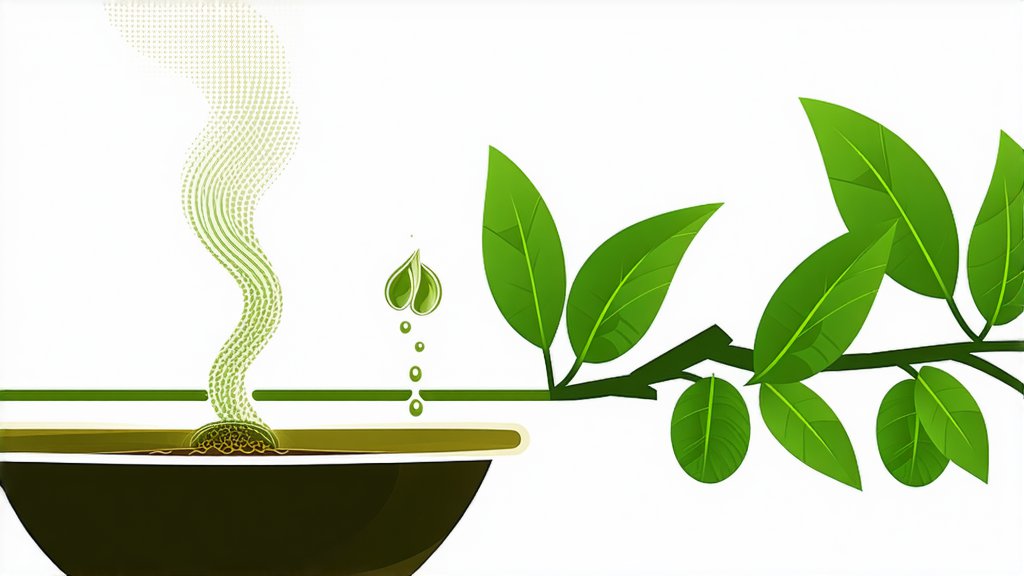
Huangshan Maofeng, a distinguished member of the Yellow Tea family, is a testament to the rich tapestry of Chinese tea culture. This article delves into the history, varieties, production techniques, and tasting methods of Huangshan Maofeng, offering an insight into the nuances of this unique tea.
History and Origin
The history of Huangshan Maofeng is deeply rooted in the fertile soils of Anhui Province, China, where it has been cultivated for centuries. The name "Huangshan" refers to the Yellow Mountains, which are known for their picturesque landscapes and are a UNESCO World Heritage site. "Maofeng" translates to "furry peak," a nod to the distinctive white downy hairs that cover the tea leaves, resembling a furry peak. This tea has been a favorite among connoisseurs since the Tang Dynasty, and its production reached its zenith during the Ming Dynasty.
Varieties and Characteristics
Huangshan Maofeng is not a single variety but a category of teas that share certain characteristics. The most renowned variety is the Huangshan Maofeng itself, which is further classified into three grades based on the size and quality of the leaves: Imperial Grade, Special Grade, and Common Grade. Each grade has its own set of criteria for leaf size, color, and shape, which influence the final taste and aroma of the tea.
Production Techniques
The production of Huangshan Maofeng is a delicate process that involves several steps, including plucking, withering, frying, rolling, and yellowing. The yellowing process is what distinguishes Yellow Tea from other categories, as it involves a controlled oxidation that gives the tea its unique color and flavor profile.
-
Plucking: The leaves are carefully plucked by hand, usually in the early spring when the buds are tender and full of nutrients. The plucking standard for Huangshan Maofeng is one bud and one leaf, ensuring a balanced blend of flavor and aroma.
-
Withering: The freshly plucked leaves are spread out to wither, allowing them to lose moisture gradually. This step is crucial for the development of the tea's flavor and aroma.
-
Frying: The withered leaves are then fried in a hot wok to halt the enzymatic activity and prevent further oxidation. This step also helps to shape the leaves and set their green color.
-
Rolling: After frying, the leaves are rolled to further shape them and to express more of their natural oils, which contribute to the tea's aroma.
-
Yellowing: The rolled leaves are then piled and covered, allowing them to undergo a controlled fermentation process. This is the step that imparts the characteristic yellow hue and mellow flavor to the tea.
Tasting and Brewing Methods
To fully appreciate the nuances of Huangshan Maofeng, it is essential to use the correct brewing method. The tea is best enjoyed using a glass or a white porcelain teapot, which allows the drinker to observe the leaves as they unfurl and the color of the liquor as it changes.
-
Preparation: Start by warming the teapot or glass with hot water and then discarding it. This step helps to maintain the temperature of the brewing vessel.
-
Measure the Tea: Use approximately 3-5 grams of Huangshan Maofeng per 150ml of water. The amount can be adjusted based on personal taste preferences.
-
Brewing: Pour freshly boiled water (ideally at around 80°C to 85°C) over the tea leaves and let them steep for 3-5 minutes. The lower temperature is used to prevent scalding the delicate leaves and to allow the flavors to develop gradually.
-
Infusions: Huangshan Maofeng can be infused multiple times, with each infusion revealing different aspects of the tea's flavor profile. The first infusion is often the most delicate, while subsequent infusions become more robust.
-
Tasting: The brewed tea should have a pale yellow color with a bright, clear appearance. The aroma should be fresh and floral, with hints of chestnuts or melons. The taste is typically sweet and mellow, with a lingering aftertaste that is both refreshing and satisfying.
Health Benefits and Cultural Significance
Huangshan Maofeng, like other Yellow Teas, is known for its health benefits. It is rich in antioxidants, which can help to reduce the risk of certain diseases and promote overall health. The tea is also believed to aid digestion and boost the immune system, making it a popular choice for those looking to maintain a balanced lifestyle.
Cultural